USS Constitution, which has been rebuilt and restored almost too many times to count in its 220-year history, still has a few secrets that the ship only occasionally reveals. The three secrets discussed below help to illuminate not only the numerous changes to the ship but even reveals the names of long-ago individuals who were instrumental in saving “Old Ironsides” for future generations.
Mast Coins
There is a long-standing tradition of placing a coin under a mast as the mast is stepped in a vessel. Why? Two of the most common answers to this centuries-old maritime tradition are:
1. The coin, especially if it was silver or gold, would bring the vessel good luck on its voyages;
2. If the vessel foundered, the coin would be used by the crew to pay Charon, the ferryman of Hades, who transported the newly deceased from the world of the living to the world of the dead.
We don’t know if USS Constitution originally had a coin or coins under one or all three of the lower masts. However, by the 20th century, each of the three masts had acquired numerous coins which are carefully removed when the masts are un-stepped. The coins are then carefully replaced in each mast step when the new mast is put into the ship. In recognition of the year of Constitution‘s launch, both fore and main masts each have a 1797 large one-cent coin in among the other coins, and the mizzen mast has a 1798 one-cent coin in its step. It is likely that these late 18th century coins were added in the 20th century to mark “Old Ironsides'” year of launch (1797) and the year Constitution first sailed (1798).
Lieutenant John A. Lord, the naval constructor who oversaw the ship’s 1927-1931 restoration, noted the new coins that were placed under each mast on July 8, 1930, as the restoration was coming to its conclusion:
“A five dollar gold piece was placed under the foremast; a silver dollar was placed under the main mast by the Governor of Massachusetts; and an old time copper penny and other coins were placed under the mizzen mast. This custom of placing ‘good luck pieces’ under the masts is almost as old as the art of shipbuilding itself.”
Constitution‘s three lower masts were replaced in the 1992-1996 restoration. When the 1970s-era masts were removed in 1992, Commander Richard D. Amirault, the 63th Commanding Officer, and staff of the Naval History & Heritage Command Detachment Boston removed the coins, catalogued them, and then loaned the coins to the USS Constitution Museum, where they were displayed for the duration of that restoration.
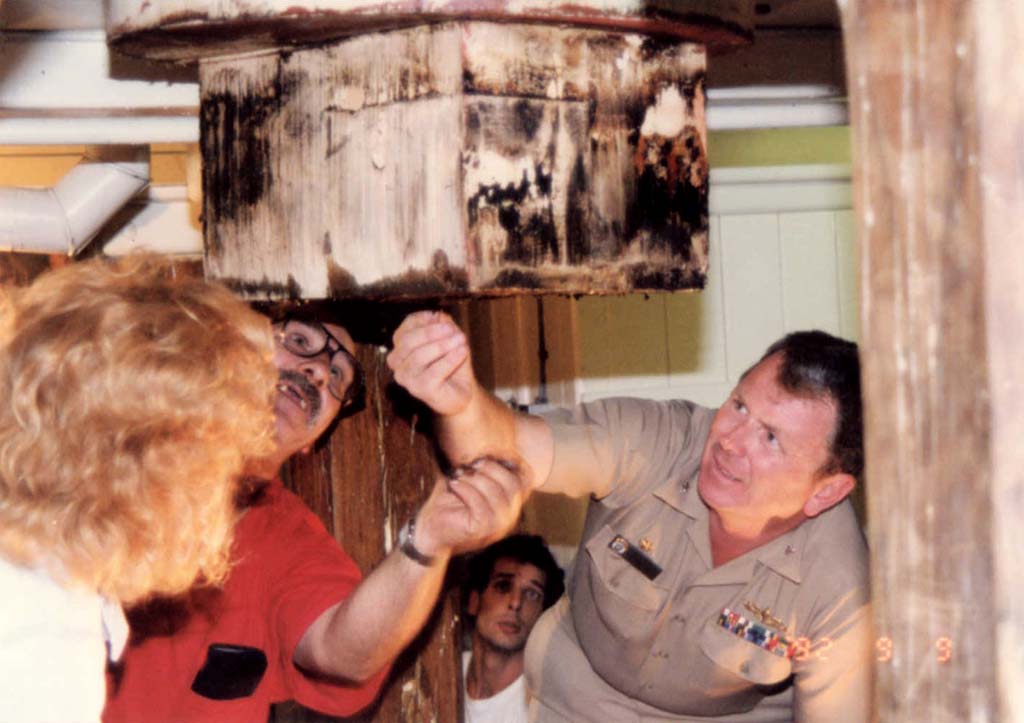
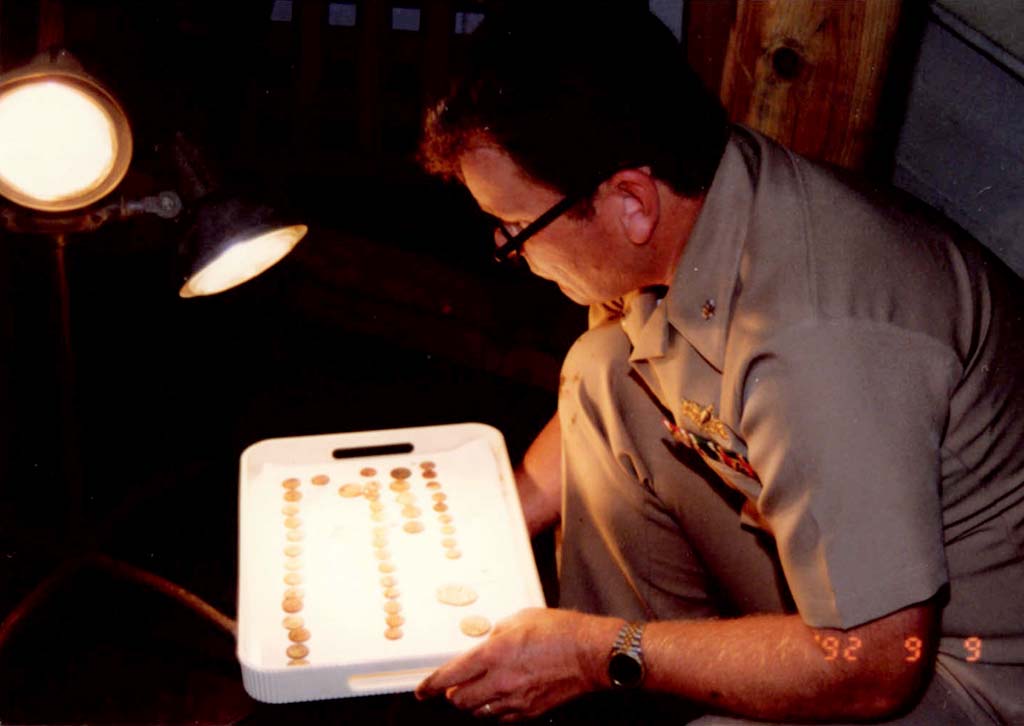
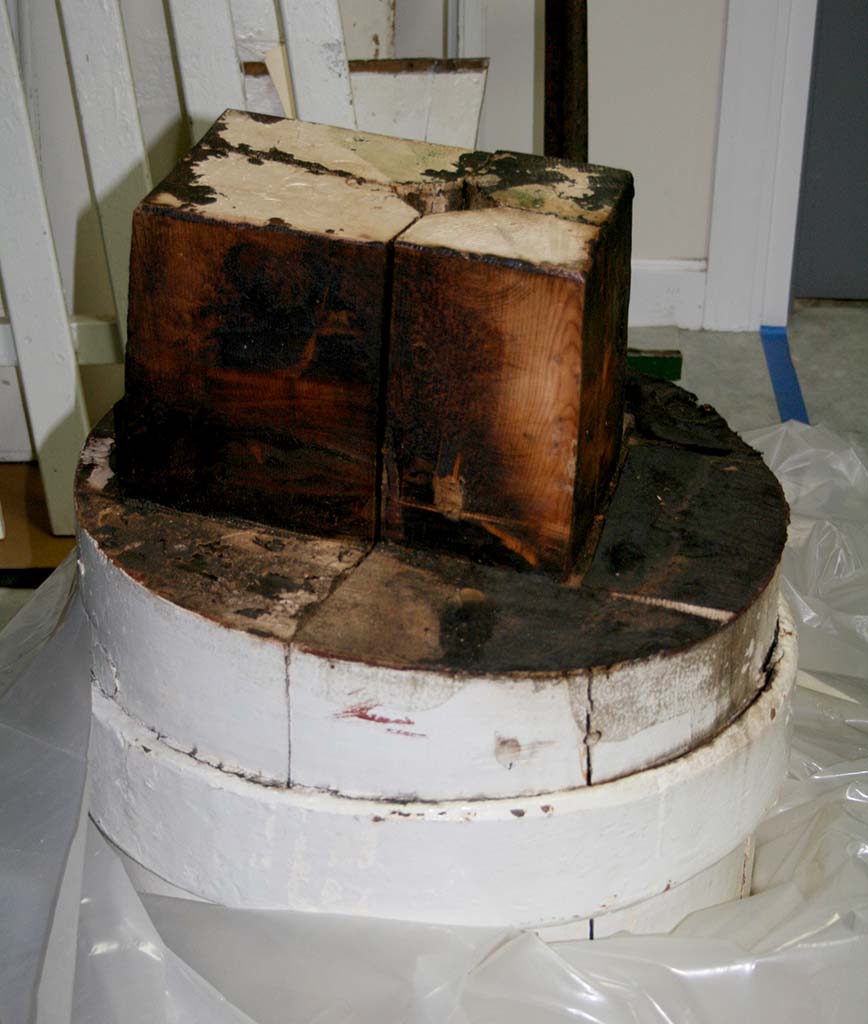
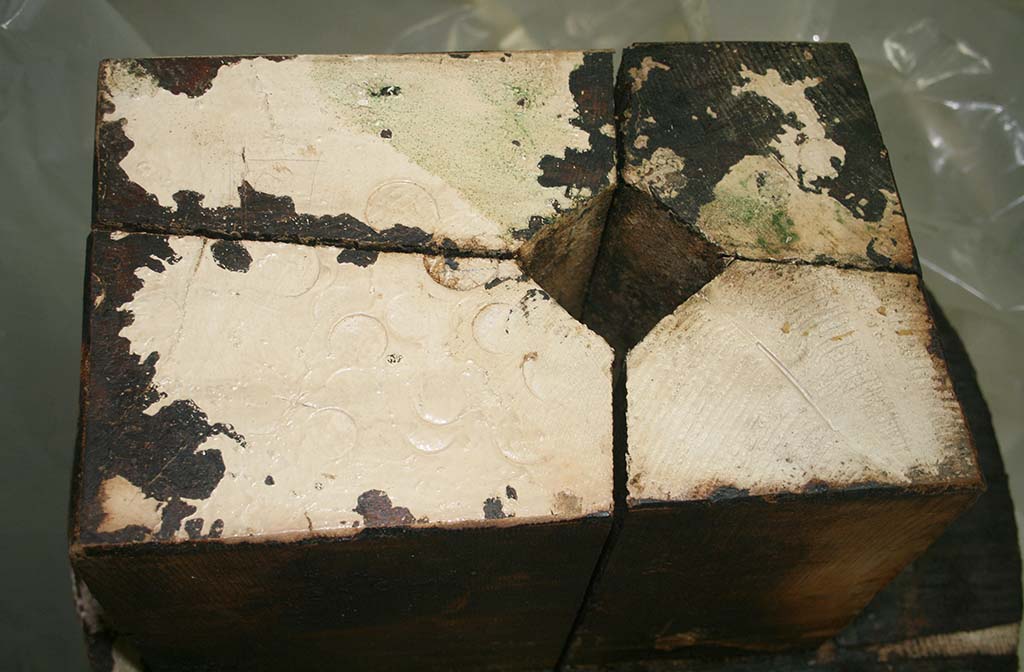
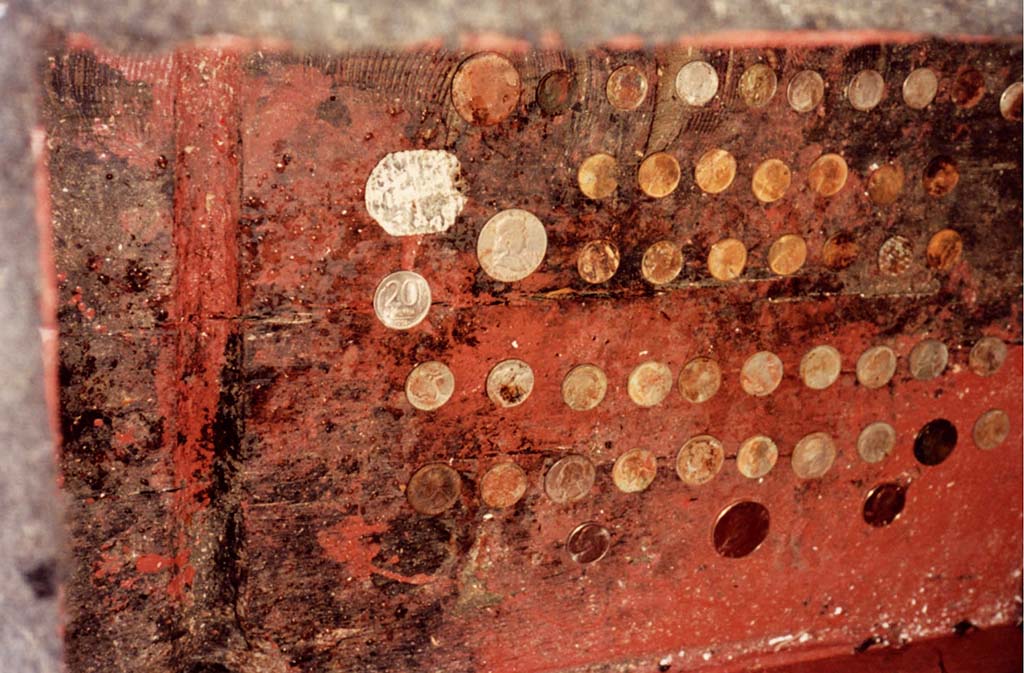
![[Courtesy Naval History & Heritage Command Detachment Boston]](/wp-content/uploads/2017/03/IMG_7986.jpg)
![[Courtesy of Naval History & Heritage Command Detachment Boston]](/wp-content/uploads/2017/03/27772-1.jpg)
Leon Kaufman, a founding trustee of the USS Constitution Museum, purchased two miniature 14-karat gold John F. Kennedy half-dollar commemorative coins in 1993, the 30th anniversary of President Kennedy’s assassination. Kaufman placed one of the two miniature coins under one of Constitution‘s new masts in 1995. He donated the second coin, still in its display card, to the USS Constitution Museum because he thought that the weight of the mast would likely destroy the small coin. He wanted to make certain a representative example of the coin was available to future researchers.
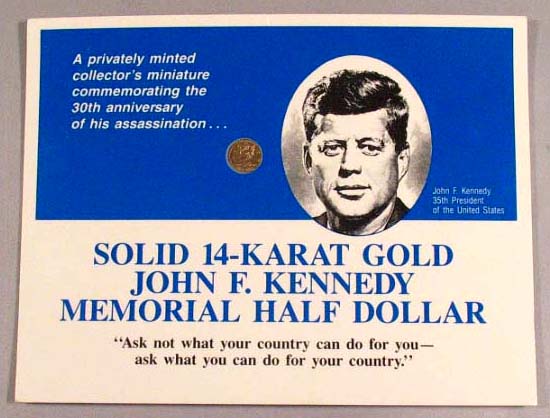
Stern Eagle
An unexpected surprise awaited John Hinckley, Naval History & Heritage Command Detachment Boston ship restorer, when he removed layers of paint from USS Constitution‘s stern eagle. Revealed was the following inscription carved on the back of the eagle:
“CARVED AT THE NAVY YARD/BOSTON MASS/MAY – 1907”
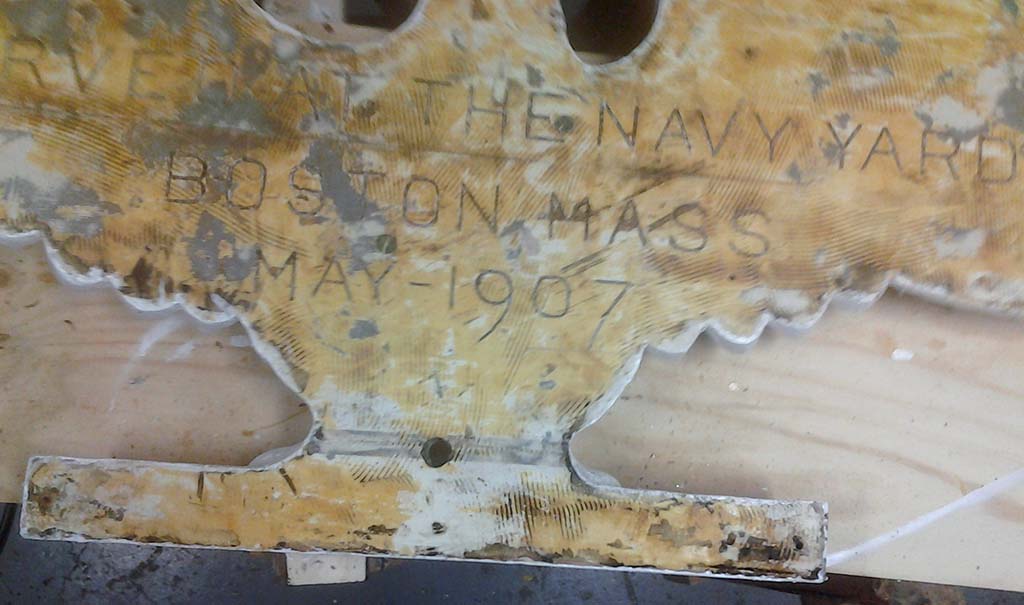
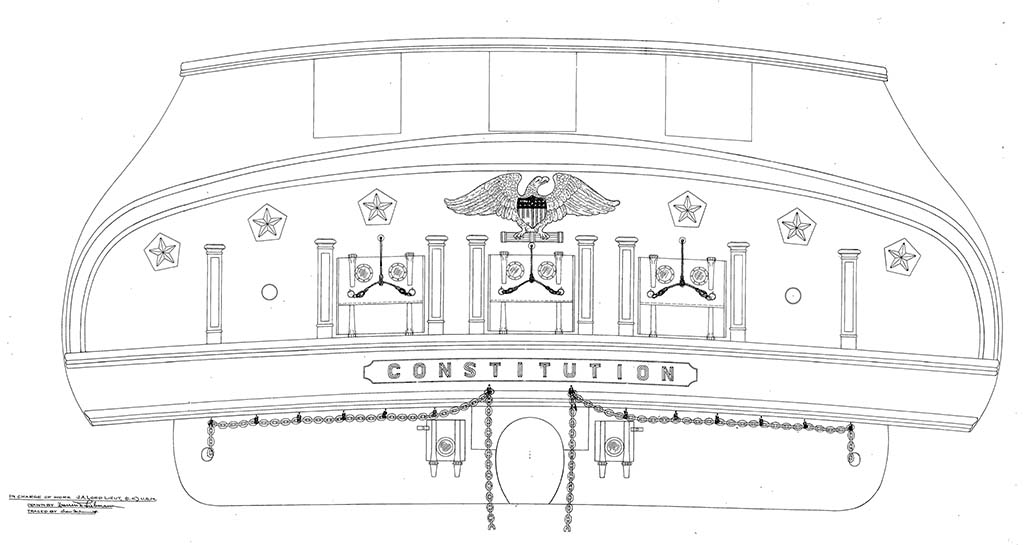
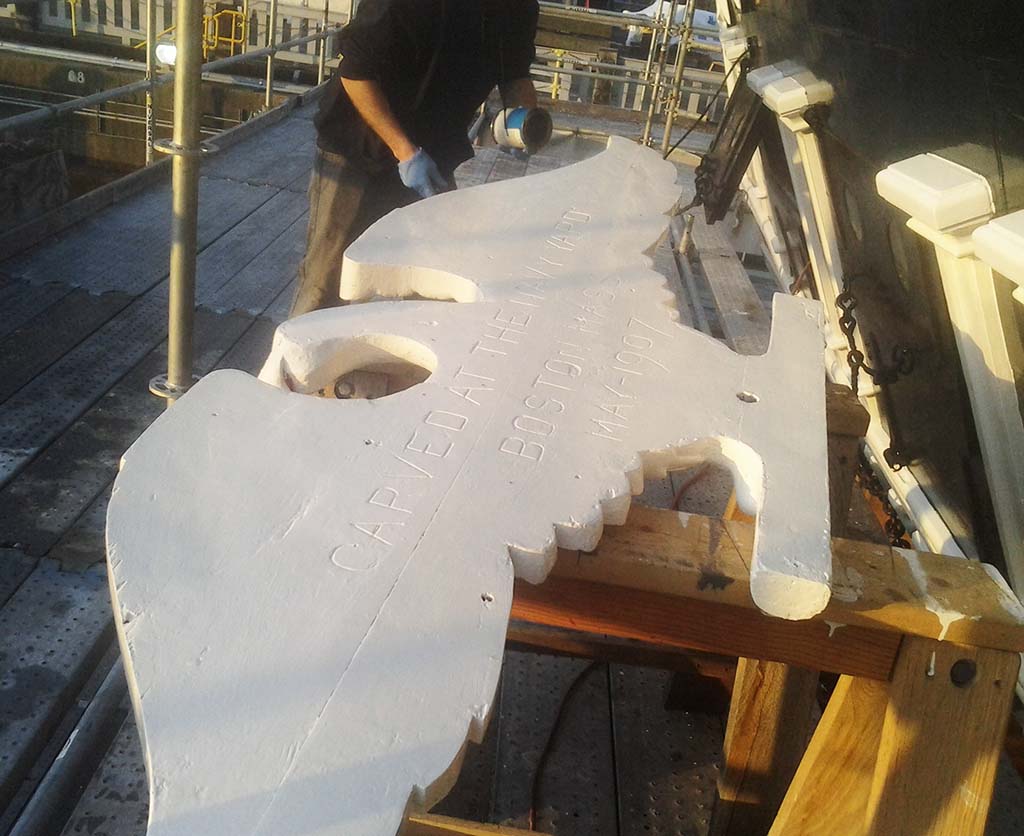
![[Courtesy Naval History & Heritage Command Detachment Boston]](/wp-content/uploads/2017/03/IMG_7904.jpg)
Cabinet Marks
When USS Constitution arrived at the Charlestown Navy Yard on September 20, 1897, one month before the ship’s 100th anniversary, it didn’t look like “Old Ironsides.” A large house covered the upper deck and it was devoid of the things that marked the ship as a War of 1812-era frigate; it had neither rig nor guns. The ship did arrive in Boston, however, with some furniture belowdecks in the cabins. A rather haphazard assortment of “secretary bureaus” were aboard, likely brought on during its receiving ship days at the Portsmouth Naval Shipyard when there were offices and living quarters above and below.
Several of the bureaus have been preserved by the Naval History & Heritage Command Detachment Boston. One bureau literally has its provenance written directly on the piece of furniture.

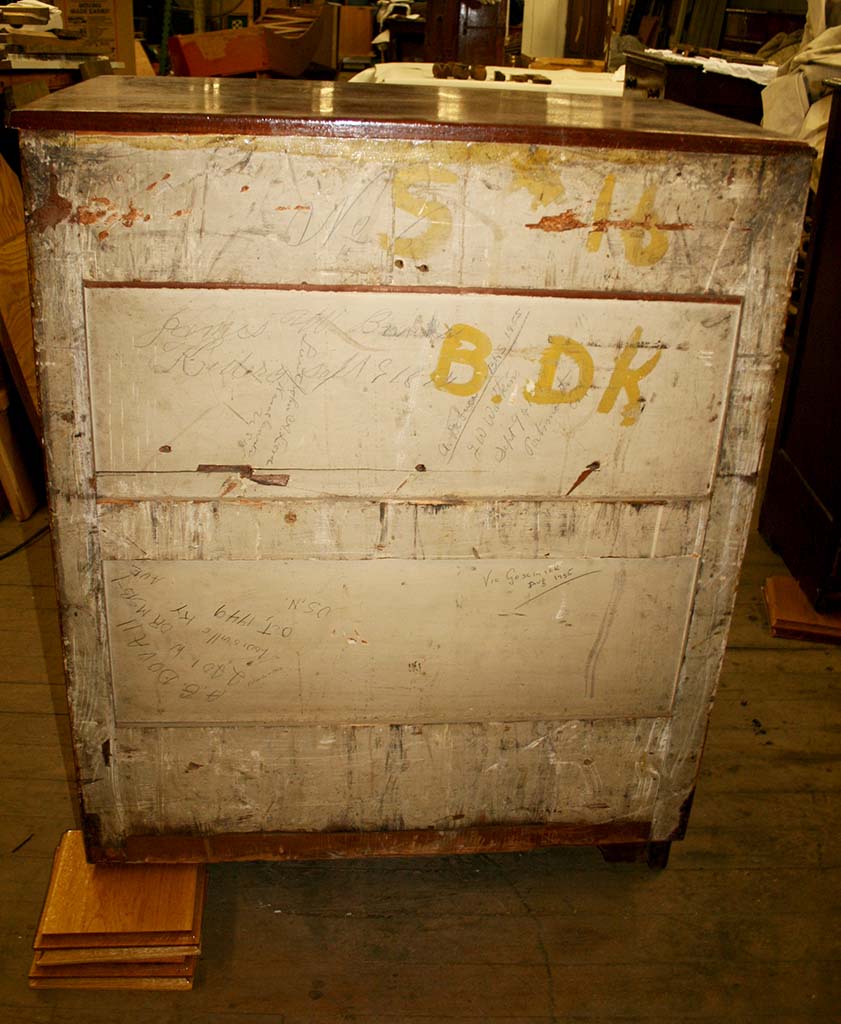
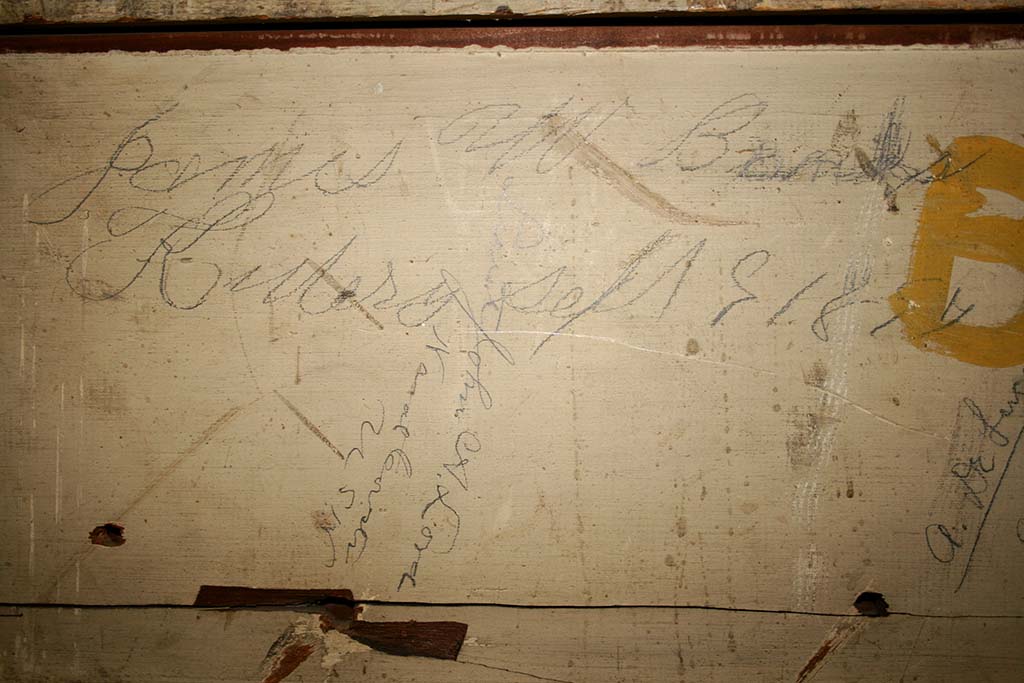
_____
The activity that is the subject of this blog article has been financed in part with Federal funds from the National Maritime Heritage Grant program, administered by the National Park Service, U.S. Department of the Interior, through the Massachusetts Historical Commission, Secretary of the Commonwealth William Francis Galvin, Chairman. However, the contents and opinions do not necessarily reflect the views or policies of the Department of the Interior, or the Massachusetts Historical Commission, nor does the mention of trade names or commercial products constitute endorsement or recommendation by the Department of the Interior, or the Massachusetts Historical Commission.
The Author(s)
Margherita Desy, Historian, Naval History and Heritage Command Detachment Boston
Historian, Naval History and Heritage Command
Margherita M. Desy is the Historian for USS Constitution at Naval History and Heritage Command Detachment Boston.
